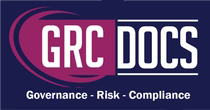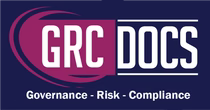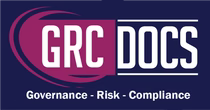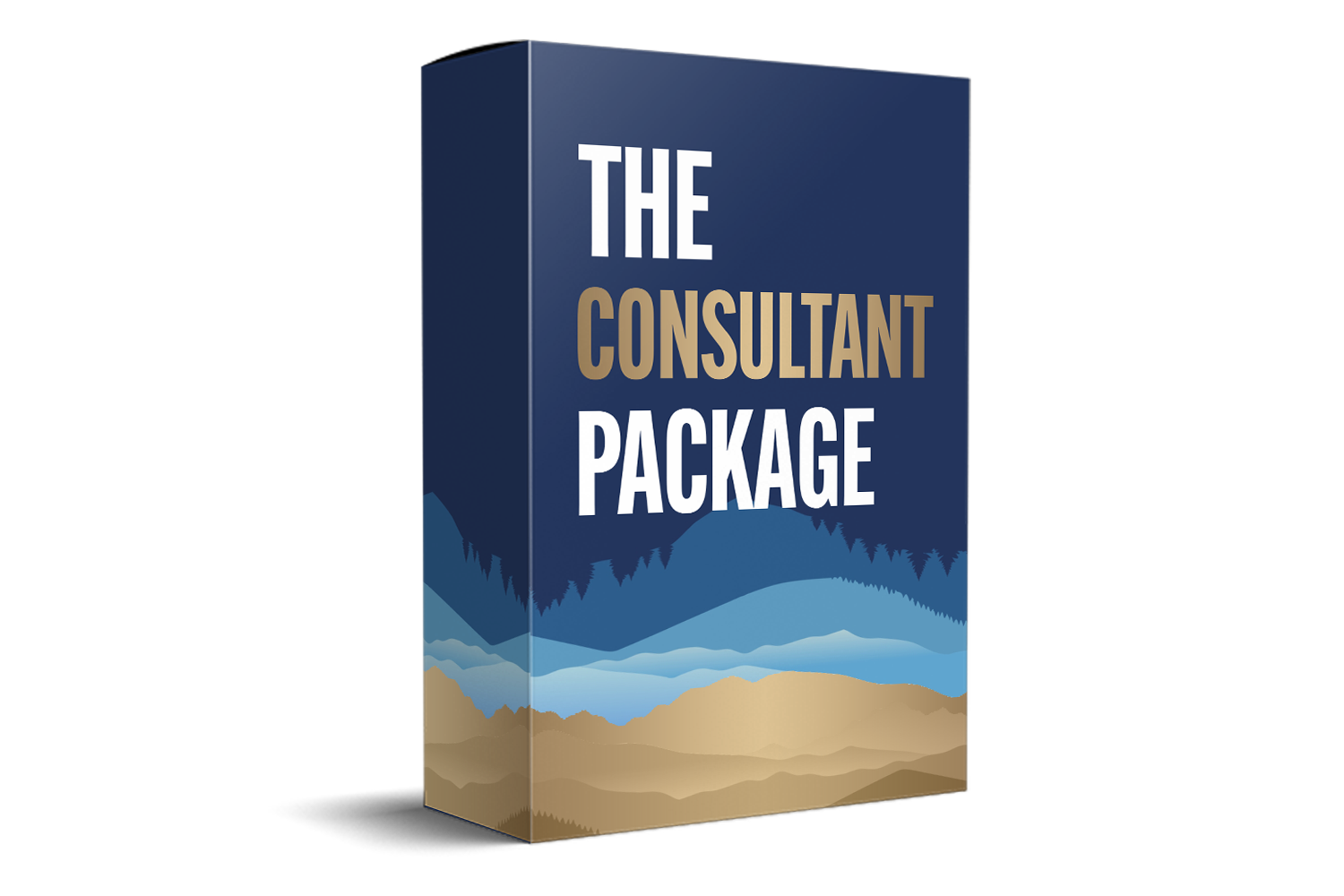SOC 2 Auditor-Approved Templates Streamline Your Compliance Process
Introduction
In today's fast-paced digital world, ensuring data security and privacy is not just a luxury—it's a necessity. As businesses increasingly rely on digital platforms, the importance of safeguarding sensitive information has never been more critical. Companies that handle sensitive data must comply with various standards, with SOC 2 being one of the most critical. The SOC 2 framework is integral to establishing trust and verifying that a company has implemented sufficient measures to protect data. Navigating the SOC 2 compliance landscape can be daunting, but using auditor-approved templates can streamline the process, making it more manageable and less time-consuming. In this article, we'll explore how these templates can assist you in meeting SOC 2 requirements efficiently, helping you focus on your core business objectives while ensuring compliance.

What Is SOC 2?
SOC 2 stands for Service Organization Control 2. It's a framework designed by the American Institute of Certified Public Accountants (AICPA) to ensure that third-party service providers manage data securely to protect the interests and privacy of their clients. This framework focuses on how organizations should manage customer data based on five "trust service criteria": security, availability, processing integrity, confidentiality, and privacy. SOC 2 compliance is crucial for companies that handle customer data, as it demonstrates a commitment to data security and privacy. Adhering to these criteria not only protects the data but also enhances an organization's reputation as a trustworthy service provider.
Why Is SOC 2 Compliance Important?
SOC 2 compliance is essential for several reasons. Firstly, it helps build trust with your clients by showing that you take data security seriously. In an era where data breaches are common, demonstrating a proactive approach to data protection can set your company apart from competitors. Secondly, it reduces the risk of data breaches, which can be costly and damaging to your reputation. A single breach can result in significant financial penalties, legal repercussions, and a loss of customer trust that can take years to rebuild. Finally, many businesses require their service providers to be SOC 2 compliant, so achieving compliance can open up new business opportunities. It can be a critical factor in securing partnerships, as companies are increasingly looking for vendors who can prove their commitment to data protection.
The Challenges Of Achieving SOC 2 Compliance
Achieving SOC 2 compliance is no small feat. It requires a deep understanding of the framework, a significant investment of time and resources, and a commitment to maintaining compliance over time. Companies must be prepared to invest in both human and technological resources to meet the rigorous standards set by SOC 2. Here are some common challenges companies face when working towards SOC 2 compliance:
-
Complex Requirements: SOC 2 has five trust service criteria—security, availability, processing integrity, confidentiality, and privacy. Each criterion has specific requirements that must be met, which can be overwhelming for organizations. Understanding and implementing these requirements necessitate a comprehensive review of existing processes and controls to identify and fill gaps. This complexity can be especially challenging for organizations without a dedicated compliance team.
-
Resource-Intensive Process: Preparing for a SOC 2 audit involves extensive documentation, implementing necessary controls, and ongoing monitoring. This can be resource-intensive, especially for small and medium-sized businesses. It often requires the allocation of significant time from key personnel, potentially diverting resources from other business-critical activities. Additionally, the cost of implementing new technologies or processes to meet compliance standards can be a financial burden.
-
Keeping Up with Changes: The world of compliance is constantly evolving, and organizations must stay up-to-date with the latest changes to ensure continued compliance. Changes in technology, regulations, and industry standards can impact compliance requirements, necessitating ongoing education and adaptation. Organizations must be proactive in monitoring these changes to avoid falling out of compliance and facing potential penalties.
How Auditor-Approved Templates Can Help
-
Streamlining the Compliance Process: Using auditor-approved SOC 2 compliance templates can significantly streamline the compliance process. These templates are designed by experts who understand the SOC 2 framework inside and out, ensuring that your documentation meets all necessary requirements. By leveraging these templates, organizations can reduce the time spent on drafting and revising documents, as the templates provide a solid foundation to build upon. By using templates, you can save time and effort, allowing you to focus on other critical aspects of your business. This efficiency is particularly beneficial for companies with limited compliance resources.
-
Ensuring Consistency and Accuracy: Consistency and accuracy are crucial when it comes to compliance documentation. Auditor-approved templates provide a standardized format for your documents, ensuring that all necessary information is included and presented consistently. This not only makes the audit process smoother but also reduces the risk of errors that could lead to non-compliance. Accurate and consistent documentation demonstrates to auditors that your organization is serious about maintaining high standards of data security and privacy.
- Customizable to Fit Your Needs: While templates provide a standardized format, they are also customizable to fit the unique needs of your organization. Whether you're a small startup or a large enterprise, you can tailor the templates to align with your specific processes and controls, ensuring that your documentation accurately reflects your organization's practices. This flexibility allows businesses to address their unique compliance challenges while still adhering to the SOC 2 framework.
Key Features Of SOC 2 Auditor-Approved Templates
-
Comprehensive Documentation: Auditor-approved templates come with comprehensive documentation that covers all aspects of the SOC 2 framework. This includes policies, procedures, risk assessments, and control matrices. By providing a complete set of documents, these templates ensure that you have everything you need to demonstrate compliance with SOC 2 requirements. Comprehensive documentation helps organizations maintain a holistic view of their compliance efforts, ensuring that all areas are addressed adequately.
-
Built-In Guidance: One of the most valuable features of auditor-approved templates is the built-in guidance they provide. Each section of the template includes instructions and tips to help you understand what information is required and how to complete it. This guidance can be invaluable, especially for organizations that are new to SOC 2 compliance. The step-by-step instructions help demystify the compliance process, making it more accessible to organizations without extensive compliance experience.
- Regular Updates: Compliance requirements are constantly changing, and it's crucial to keep your documentation up-to-date. Auditor-approved templates are regularly updated to reflect the latest changes in the SOC 2 framework, ensuring that your documentation remains current and compliant. Staying current with updates is essential to maintaining compliance, as outdated documentation can lead to non-compliance and potential penalties.
Implementing SOC 2 Compliance Templates In Your Organization
-
Getting Started: To get started with SOC 2 compliance templates, you'll first need to choose a reputable provider. Look for templates that have been developed by experienced professionals and are regularly updated to reflect changes in the SOC 2 framework. Selecting the right provider is crucial, as high-quality templates can significantly impact the effectiveness of your compliance efforts.
-
Customizing the Templates: Once you've chosen your templates, it's time to customize them to fit your organization's specific needs. This may involve adding or modifying sections to reflect your unique processes and controls. Be sure to involve key stakeholders in this process to ensure that the documentation accurately represents your organization's practices. Collaboration among departments can lead to more comprehensive and effective compliance efforts.
- Training Your Team: Implementing SOC 2 compliance templates is not just about creating documentation—it's also about ensuring that your team understands and follows the procedures outlined in the templates. Provide training to your staff to ensure that they are familiar with the SOC 2 requirements and understand their role in maintaining compliance. Training should be comprehensive and ongoing, ensuring that employees are kept up-to-date with the latest compliance standards and best practices.
Conclusion
SOC 2 compliance is a critical aspect of data security and privacy for organizations that handle sensitive customer information. While achieving compliance can be challenging, using auditor-approved templates can streamline the process, ensuring that your documentation is accurate, consistent, and up-to-date. By investing in these templates, you can save time and resources, reduce the risk of non-compliance, and demonstrate your commitment to data security to your clients.






